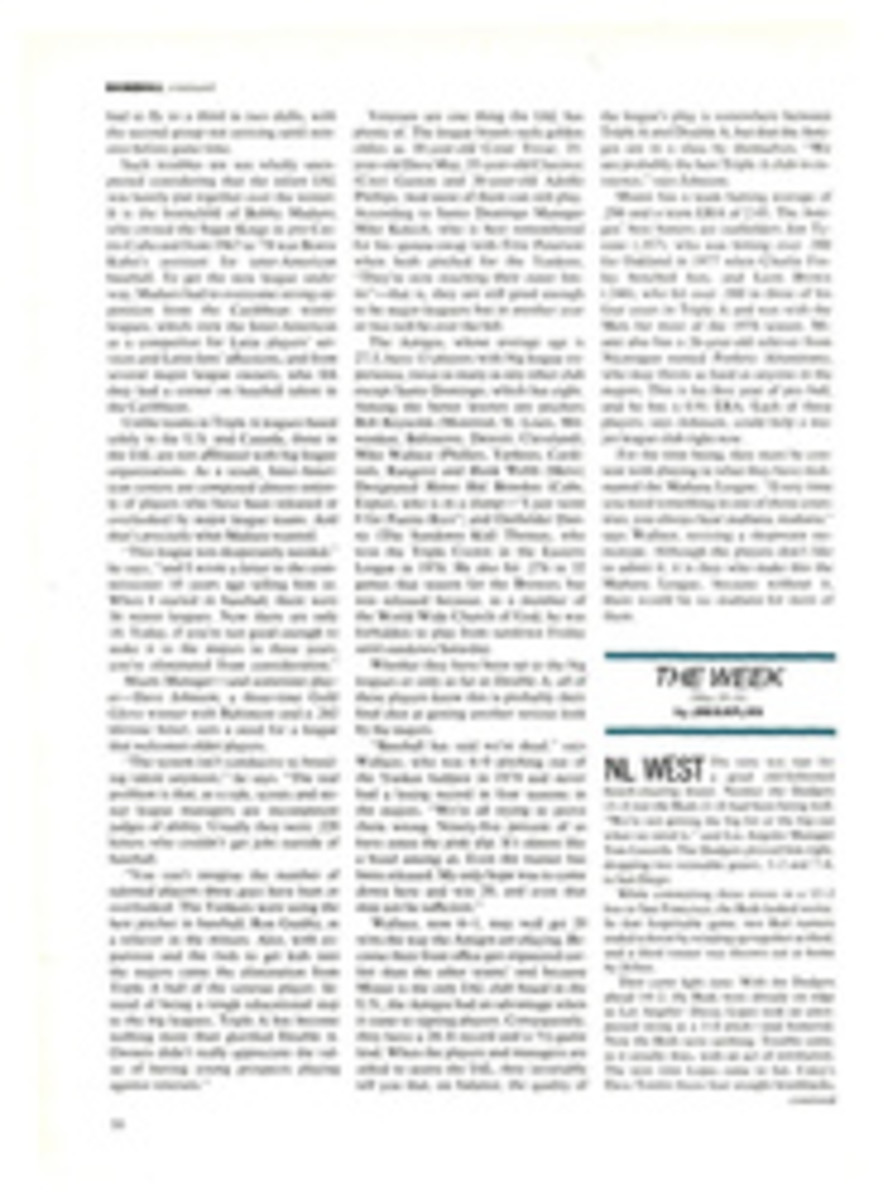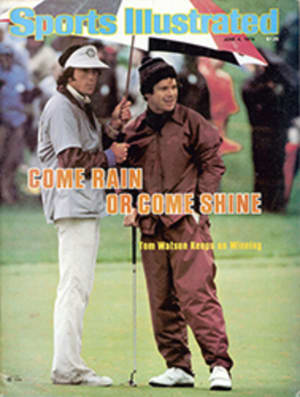
THREE HOPEFULS REACHED FOR THE STARS BUT FAILED TO MAKE THE CUT
Pat Jordan's Chase the Game (Dodd, Mead, $8.95) is a splendid book that is a good deal more than at first it seems to be. It is the true story of three young men from tough neighborhoods in Bridgeport, Conn., who grew up playing basketball and "chased the game" well into adulthood. But it is also a story of growing up and growing apart, of some extraordinarily complex black-white relationships and of how painfully hard it is for even the most talented to reach the top and then to stay there.
The young men are Frank Oleynick and Barry McLeod, who are white, and Walter Luckett, who is black. They grew up in Bridgeport as friends and, on the basketball court, rivals. All three were good at the game, but Luckett was positively brilliant; when he entered Ohio University in the fall of 1972 he was featured on the cover of this magazine, and of the three friends he seemed most certain of collegiate stardom and a rich professional career.
It didn't work out that way. For many reasons, all of which Jordan explores patiently and sensitively, Luckett never came close to what was expected of him. Oleynick and McLeod did better; both were self-made players who had learned to play a tough, resourceful "black" game in Bridgeport's streets and school yards, and both excelled in college—Oleynick at Seattle, McLeod at Centenary. But though Oleynick managed to hang on with the Seattle SuperSonics for a couple of seasons, in the end neither had better luck in the pros than Luckett.
It sounds like the same old story—high-school stars get their comeuppance in the big leagues—but Jordan makes the most of it. Himself a failed professional baseball player, he has an unsentimental appreciation of players on the periphery of their games, players who aren't quite talented enough or disciplined enough or determined enough to crash the circle of the elite. Each of these players failed to make the cut for different reasons, and Jordan looks into the causes with dispassionate sympathy.
In the process he has a lot to say about a number of matters, all interesting. That's especially true of his description of how the players effectively "switched" races, Oleynick and McLeod becoming more "black" than white and Luckett more "white" than black. The author does have a tendency to indulge in amateur psychology, but that is a small complaint about a very good book.

